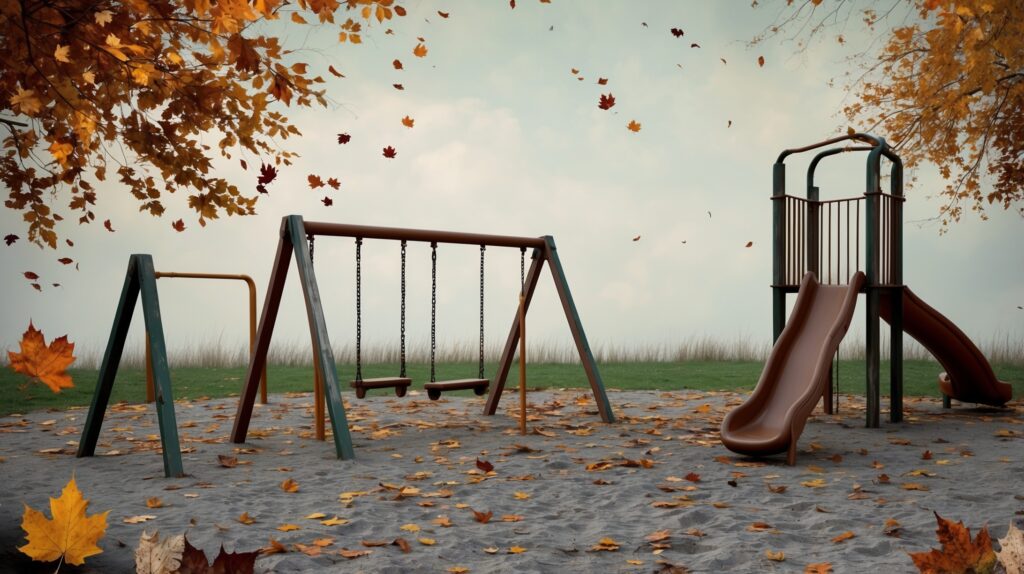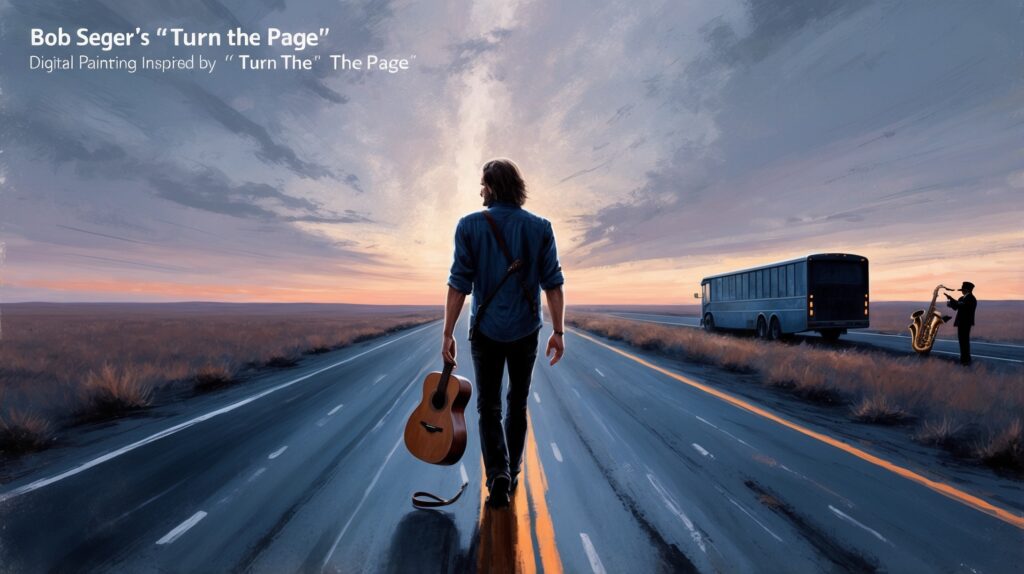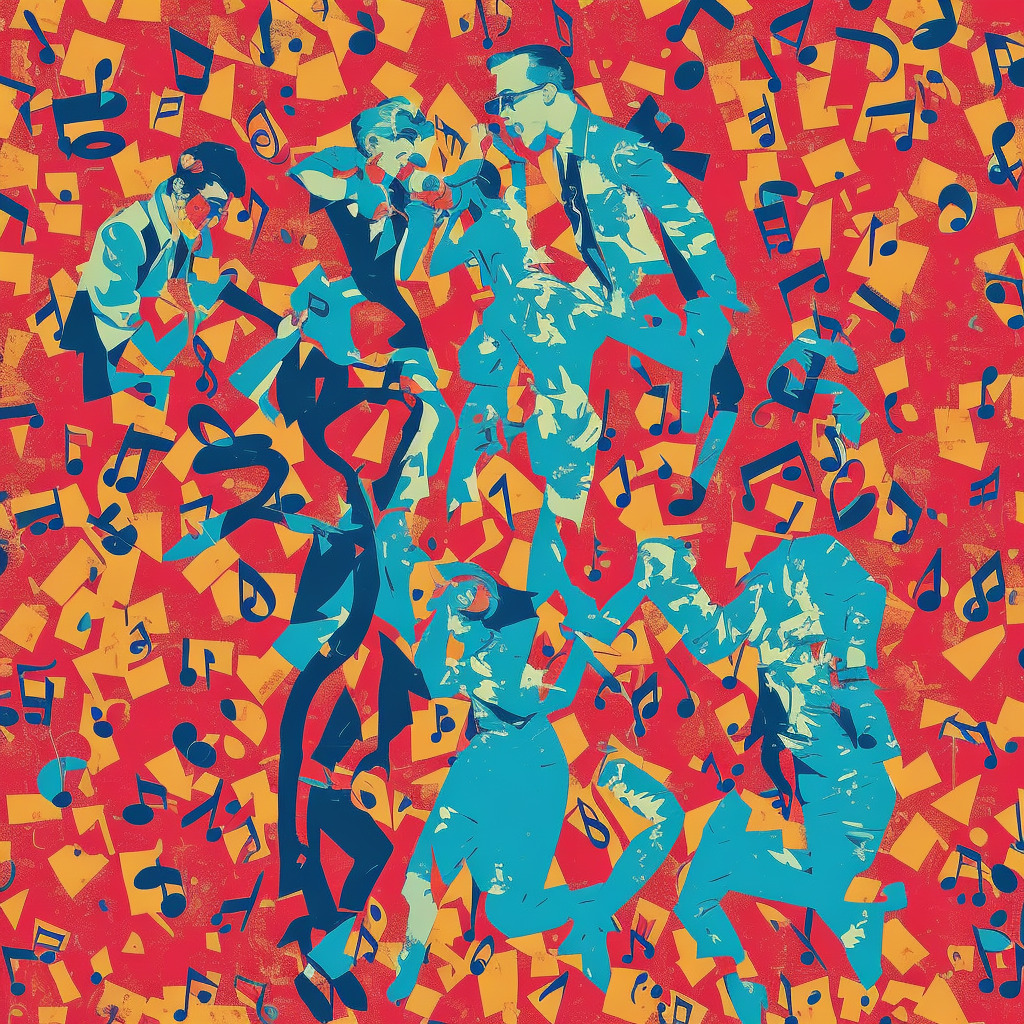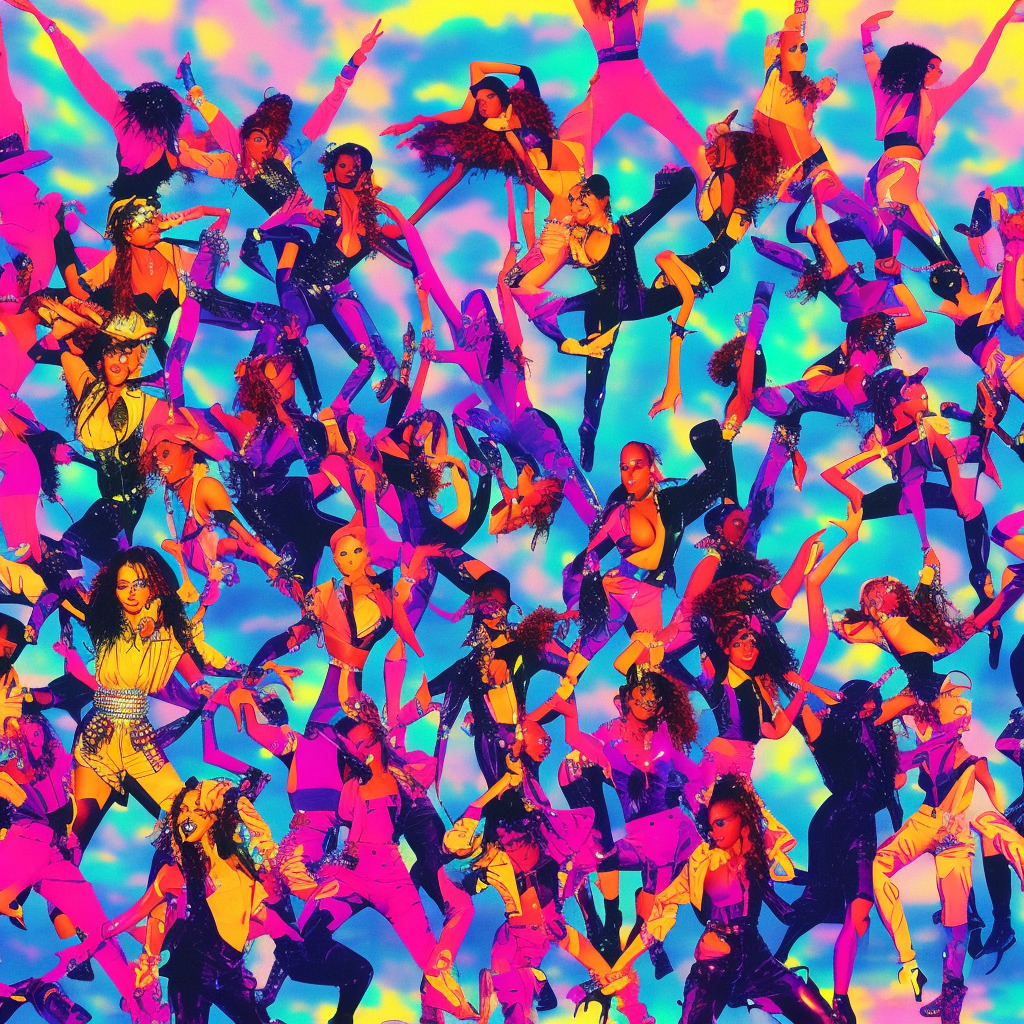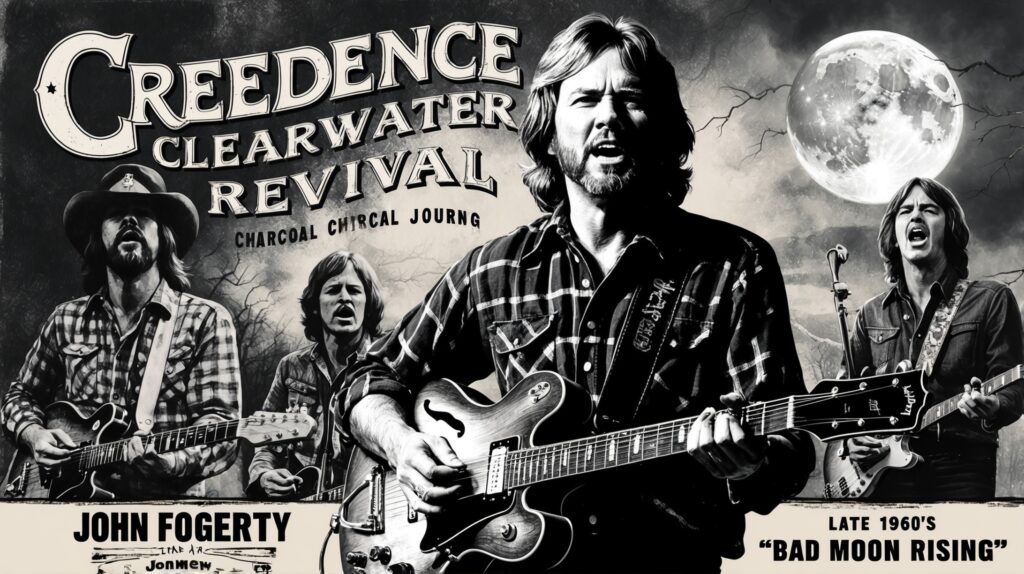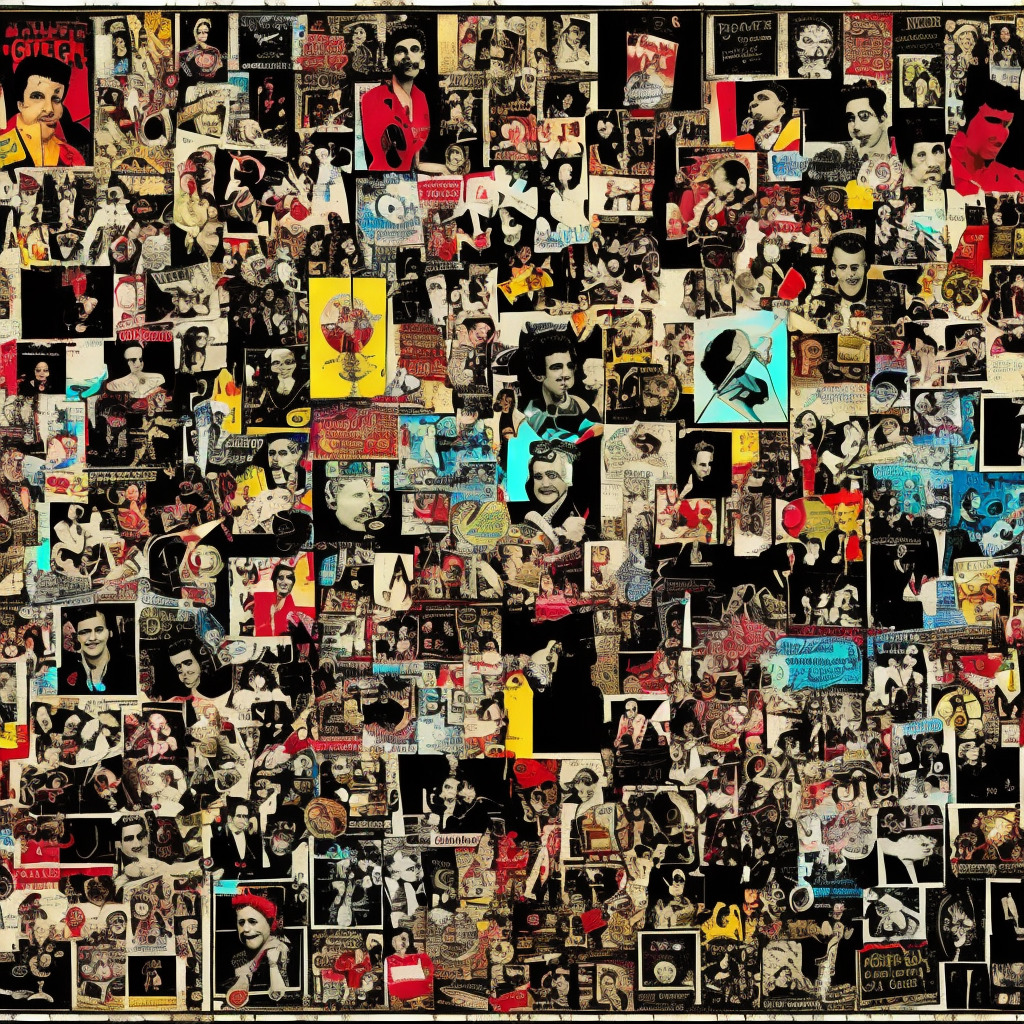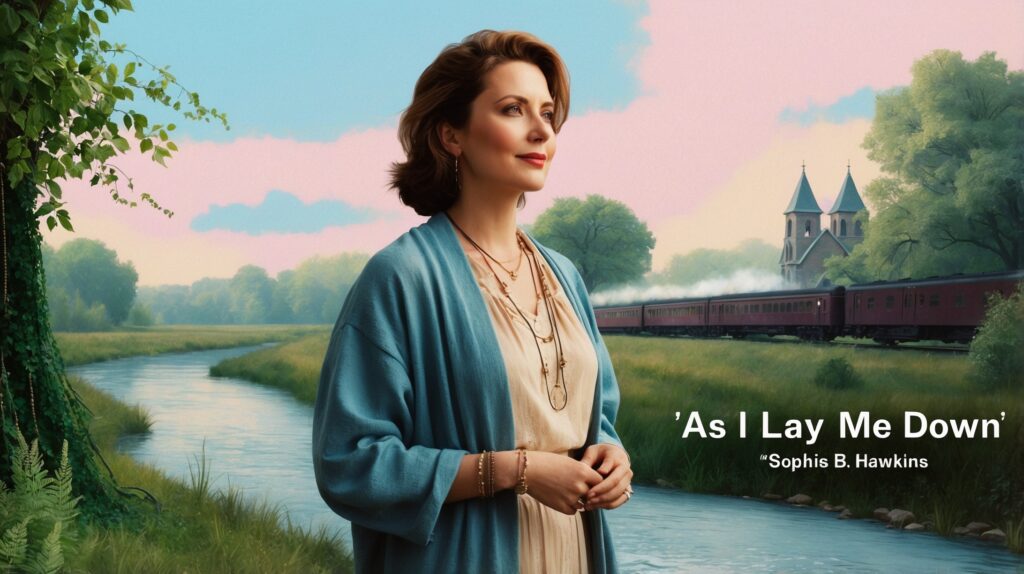Madonna: The Iconic Chameleon Behind ‘This Used to Be My Playground’
Explore Madonna’s transformative journey and her introspective ballad, ‘This Used to Be My Playground’, a testament to her evolving artistry in the 1990s.
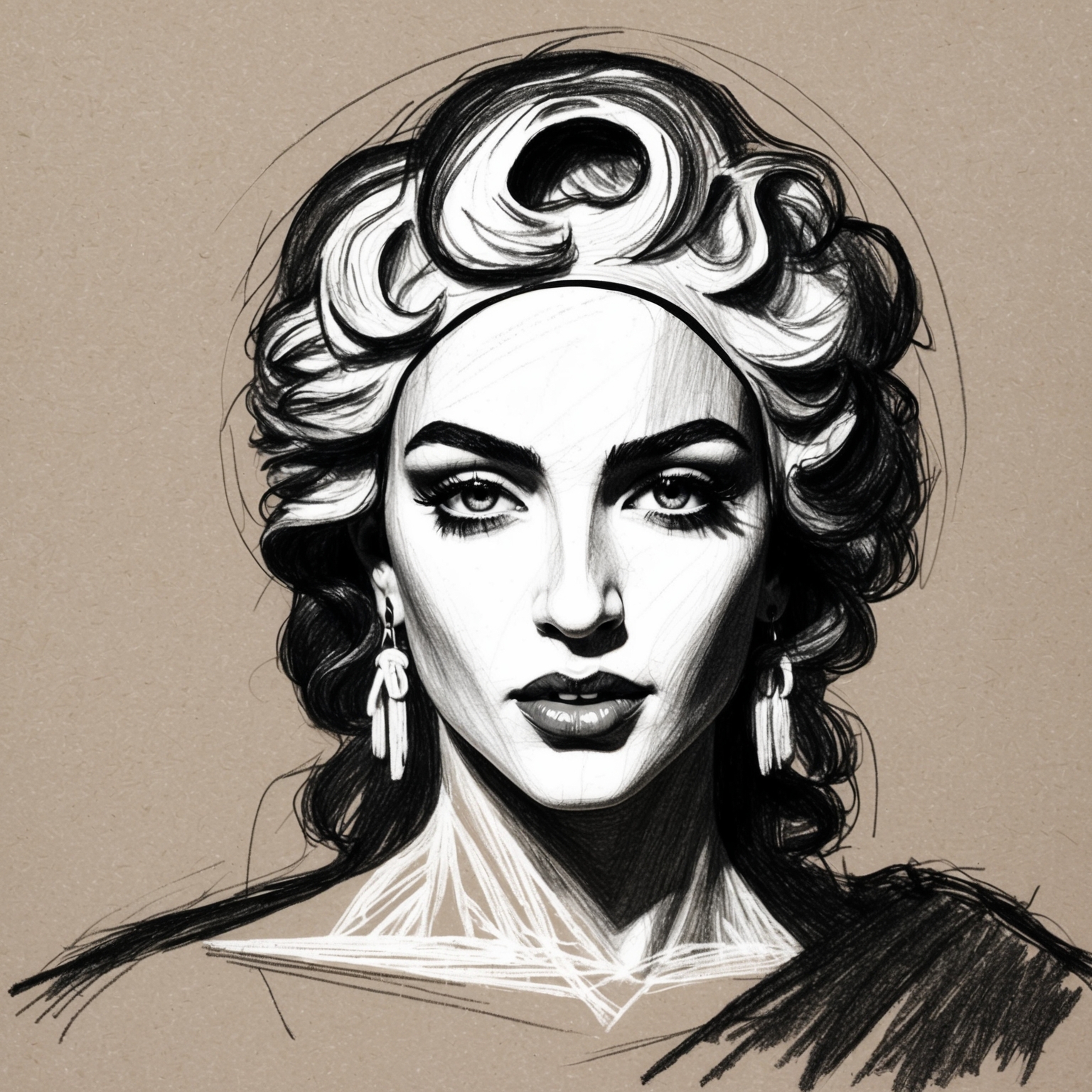
When delving into the tapestry of Madonna’s illustrious career, ‘This Used to Be My Playground’ holds a unique position that underlines the versatile artist’s ability to transcend musical boundaries. By the time she released this poignant ballad in 1992, Madonna had already cemented herself as an icon in the pop music landscape. The song, featured in the film ‘A League of Their Own’, was an emblematic expression of nostalgia and longing, showcasing a softer, introspective side of the artist that contrasted with her usual bold, provocative persona.
Madonna Louise Ciccone was born in Bay City, Michigan, in 1958, and grew up in the Detroit suburb of Rochester Hills. She moved to New York City in 1978 to pursue a career in dance. Her early life was marked by resilience and determination, qualities that she carried into her music career, which began to take off with the release of her self-titled debut album in 1983. From there, her innovative approach and fearless reinvention of pop music would lead to a string of hits and a legendary status.
The early 1990s marked a period of experimentation and maturity for Madonna. The release of ‘This Used to Be My Playground’ came at a time when she was exploring different musical genres and broadening her artistic horizons. The collaboration with Shep Pettibone, a key partner during this era, was pivotal. Known primarily for his dance-oriented production work with Madonna on songs like ‘Vogue,’ Pettibone’s contribution to this ballad exemplified a seamless blend of pop sensibilities and emotive undertones that resonated with audiences worldwide. Released during a dynamic and evolving pop music scene, ‘This Used to Be My Playground’ demonstrated Madonna’s deft ability to adapt and thrive, contributing to her enduring legacy.
Exploring the Genius Behind ‘This Used to Be My Playground’
Discover the genius of Patrick Leonard, the composer behind ‘This Used to Be My Playground,’ whose profound musical impact and collaboration with Madonna crafted some of the pop icon’s most enduring hits.

‘This Used to Be My Playground’ by Madonna carries the profound touch of its composer, Patrick Leonard. Known for his long-time collaboration with Madonna, Leonard has been instrumental in crafting some of her most memorable hits. With this song, his composition skills were pivotal in evoking the nostalgia and emotion central to the track’s lyrical theme.
Background and Career: Patrick Leonard’s journey into the music world began with his classical music training, which provided a solid foundation for his future endeavors. He entered the music industry as a touring keyboardist and eventually moved into songwriting and production. His career took a significant turn when he started working with Madonna in the 1980s, a partnership that led to numerous chart-topping hits.
Musical Style and Influences: Leonard’s musical style is marked by its versatility and emotive depth, often blending elements of pop with classical undertones. He has cited a wide array of influences, from the classical compositions of Beethoven to the contemporary pop sounds of the late 20th century. This diverse background allows him to create compositions that resonate on multiple levels, making his works deeply engaging.
Collaborations and Impact on the Song: Leonard’s collaborative spirit shines through in his partnership with Madonna. Their synergy is evident in the way his musical compositions seamlessly complement her vocal delivery. For ‘This Used to Be My Playground,’ Leonard’s composition provides a lush canvas that amplifies the song’s themes of memory and longing.
Legacy and Influence: Patrick Leonard’s contribution to ‘This Used to Be My Playground’ extends beyond just the music. His work has left an indelible mark on pop music, influencing both contemporaries and new generations of musicians. His ability to evoke emotion through melody and harmonics continues to be celebrated in the songwriting community.
Celebrating the Achievements and Influence of ‘This Used to Be My Playground’
Madonna’s ‘This Used to Be My Playground’ has received notable accolades including a Golden Globe nomination and numerous artist covers, showcasing its significant impact.
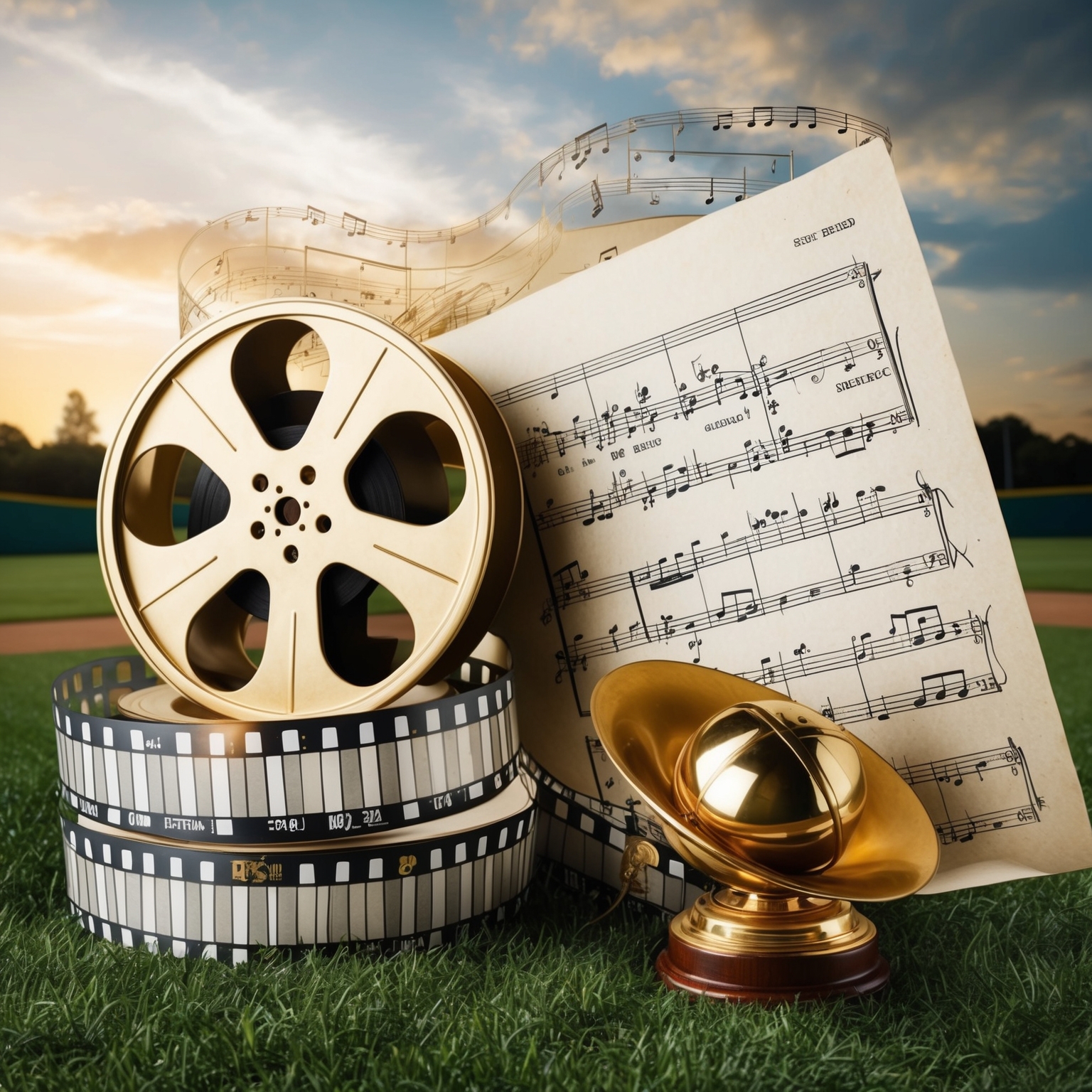
Madonna’s poignant ballad, “This Used to Be My Playground,” has garnered significant attention and praise since its release, securing a place in the annals of music history. The song, featured in the 1992 film ‘A League of Their Own,’ captures the nostalgia and introspective melancholy that resonated deeply with listeners around the world. This emotional connection has not just been cherished by fans; it has also been formally acknowledged through awards and critical acclaim.
“This Used to Be My Playground” made a significant impact on the music industry and quickly gained recognition in various forums. The song was nominated for the Golden Globe Award for Best Original Song, a testament to its touching melody and lyrical depth. Although it ultimately didn’t win, the nomination itself underscored the song’s substantial cultural footprint and its role as a spotlight in Madonna’s illustrious career.
Beyond the awards, the song’s enduring appeal has inspired numerous artists to cover it, bringing new interpretations to its heartfelt message. Notable covers by artists from different backgrounds have expanded its reach, demonstrating the universal appeal of its themes. Additionally, “This Used to Be My Playground” has been featured in various media formats, including memorable scenes in television series, where its reflective tone perfectly complements the visual storytelling. Such inclusions continue to breathe new life into the song for new generations of fans.
Soaring to New Heights: The Chart Success of ‘This Used to Be My Playground’
Explore the chart-topping journey of Madonna’s “This Used to Be My Playground.” From debuting at the billboard charts to its strategic movie tie-in, discover how this song solidified Madonna’s superstar status.
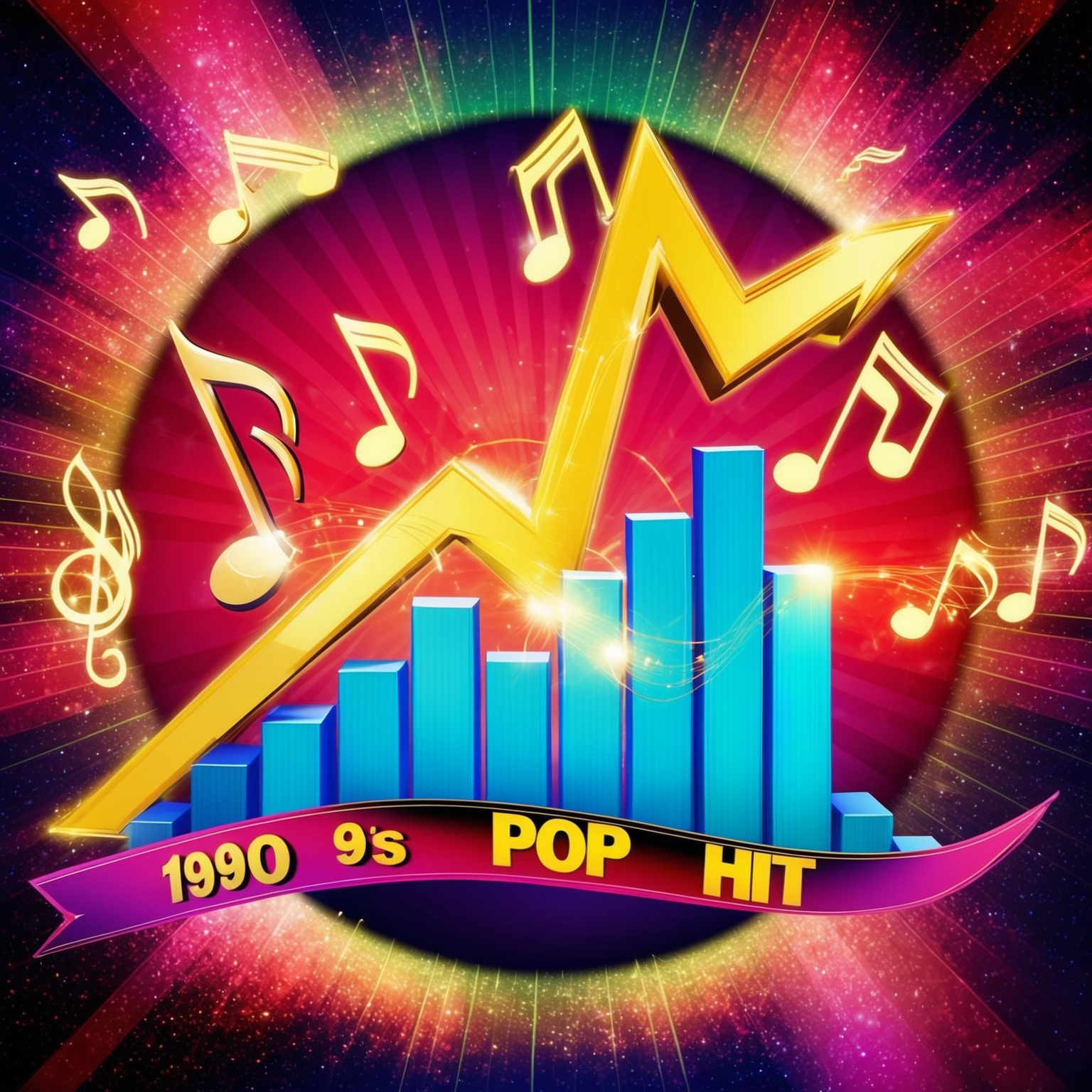
Released in June 1992, Madonna’s “This Used to Be My Playground” quickly surged up the charts, showcasing her ability to captivate audiences with her emotionally resonant ballads. The song debuted on the Billboard Hot 100 Chart, demonstrating its immediate appeal. It ultimately reached the coveted #1 position, marking yet another milestone in Madonna’s illustrious career. This achievement was significant as it was her tenth song to top the Billboard Hot 100, underscoring her enduring popularity in the music industry.
Compared to her previous hits, “This Used to Be My Playground” stands out as an introspective track that still managed to achieve commercial success. In juxtaposition to her earlier dance-driven releases, this song’s reflective tone resonated deeply with listeners, enabling it to outshine many contemporaneous tracks. At the time, Madonna was riding a wave of success, and this song continued to cement her status as a versatile and innovative artist, adept at reinventing herself and transcending musical genres.
The song’s promotion was smartly synced with its inclusion in the soundtrack of the film “A League of Their Own,” in which Madonna also appeared. This strategic tie-in with a popular movie amplified the song’s visibility and audience reach. Critics generally praised the song for its haunting melody and emotional depth, further contributing to its widespread recognition. “This Used to Be My Playground” was not only a commercial hit but also an influential piece that impacted Madonna’s discography and lent her a reflective credibility.
Exploring Visual Narratives and Nostalgia
Although there isn’t an official music video for “This Used to Be My Playground,” fan videos and live performances creatively interpret the song’s themes, contributing to its enduring popularity.
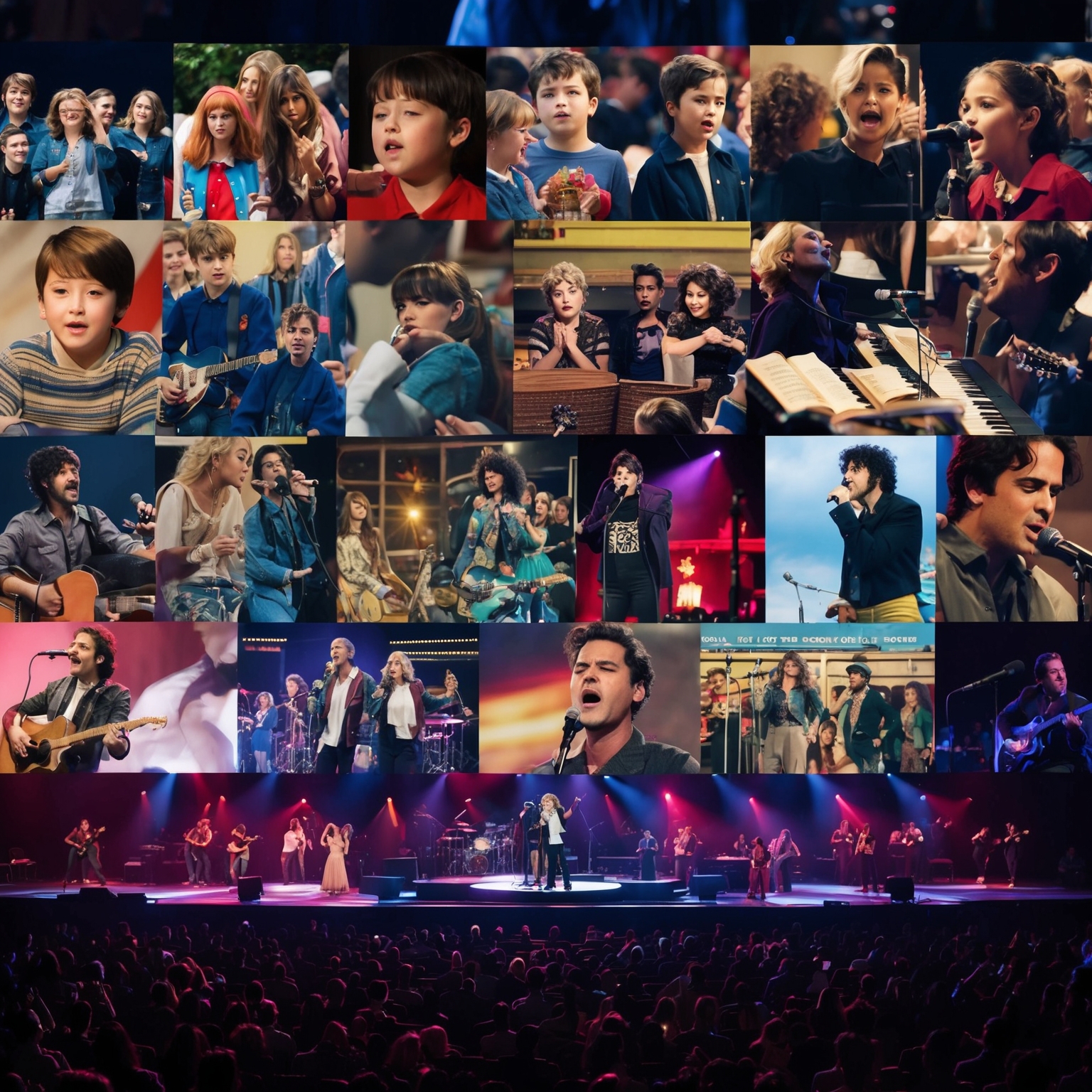
While there isn’t an official music video for Madonna’s “This Used to Be My Playground,” the song has inspired countless fan-made and live performance videos, each interpreting the song’s themes in diverse and imaginative ways. Fans have taken the liberty to curate visuals that reflect on nostalgia and the passage of time, whether through personal photo montages or footage from Madonna’s various live performances.
One notable video that has gained attention is a fan-made montage that skillfully blends childhood photos with clips from A League of Their Own, the film that originally featured the song. This video captures the essence of the song by striking a balance between youthful innocence and reflective maturity, echoing the lyrical themes of reminiscing about simpler times while recognizing that life has moved on.
Additionally, some renditions during Madonna’s live performances have included haunting visuals of her younger years intertwined with moments from her legendary career. These performances have been well-received by audiences, adding a personal touch to the song’s already emotional message. Although no celebrity cameos were involved in these fan or live interpretations, the powerful visuals created by dedicated fans have significantly contributed to keeping the song alive in public memory.
Decoding the Musical Architecture of ‘This Used to Be My Playground’
Explore the musical structure of Madonna’s nostalgic hit ‘This Used to Be My Playground,’ detailing its harmonic ingenuity, moderate tempo, and instrumental elegance, while marking a transformative phase in her illustrious career.

‘This Used to Be My Playground’ by Madonna is a masterful blend of emotion and melody, painstakingly crafted to evoke nostalgia and reflection. The song is written in the key of F# Major, which contributes to its poignant and reflective mood. The progression of chords is harmonically rich, with the verse introducing a sense of longing that is carried through with a subtle interplay of major and minor chords. This combination beautifully reflects the song’s themes of reminiscence and loss.
The tempo of the song is moderate, creating a contemplative pace. The steady rhythm is driven by a combination of gentle percussion and a synth-laden backtrack, adding layers of texture without overpowering Madonna’s emotive vocal delivery. Structurally, the song follows a classic pop ballad form with an AABA pattern, allowing the melody to naturally build and resolve, accentuating the narrative cadence of the lyrics.
The instrumentation plays a crucial role in the song’s distinct sound. Keyboards and synths dominate the track, establishing a lush sonic landscape, while strings add a sophisticated undertone that punctuates the emotional high points. The combination of these instruments supports Madonna’s voice, ensuring that the lyrics remain the focal point. In the context of Madonna’s discography, this song marks a departure from her dance-pop roots, signaling a more mature and introspective artistic phase seen in her later works such as the ‘Ray of Light’ album.
Recorded at Olympic Studio in London under the production expertise of Shep Pettibone, an interesting anecdote from the recording session is the emphasis placed on creating a song that could capture universal emotions of nostalgia and loss while resonating with the film it was meant to complement. The artistic precision of these elements highlights the broader shift in Madonna’s musical evolution, showcasing her willingness to experiment with various genres and themes.
Exploring the Emotional Depths of Nostalgia
Madonna’s “This Used to Be My Playground” is a deep exploration of nostalgia and the passage of time, using vivid metaphors and personal reflection to create a relatable emotional journey.
This used to be my childhood dream
This used to be the place I ran to
Whenever I was in need of a friend
Why did it have to end?
And why do they always say?
Don’t look back
Keep your head held high
Don’t ask them why because life is short
And before you know you’re feeling old
And your heart is breaking
Don’t hold on to the past
Well that’s too much to ask
…
******* This Lyrics is NOT for Commercial use ******
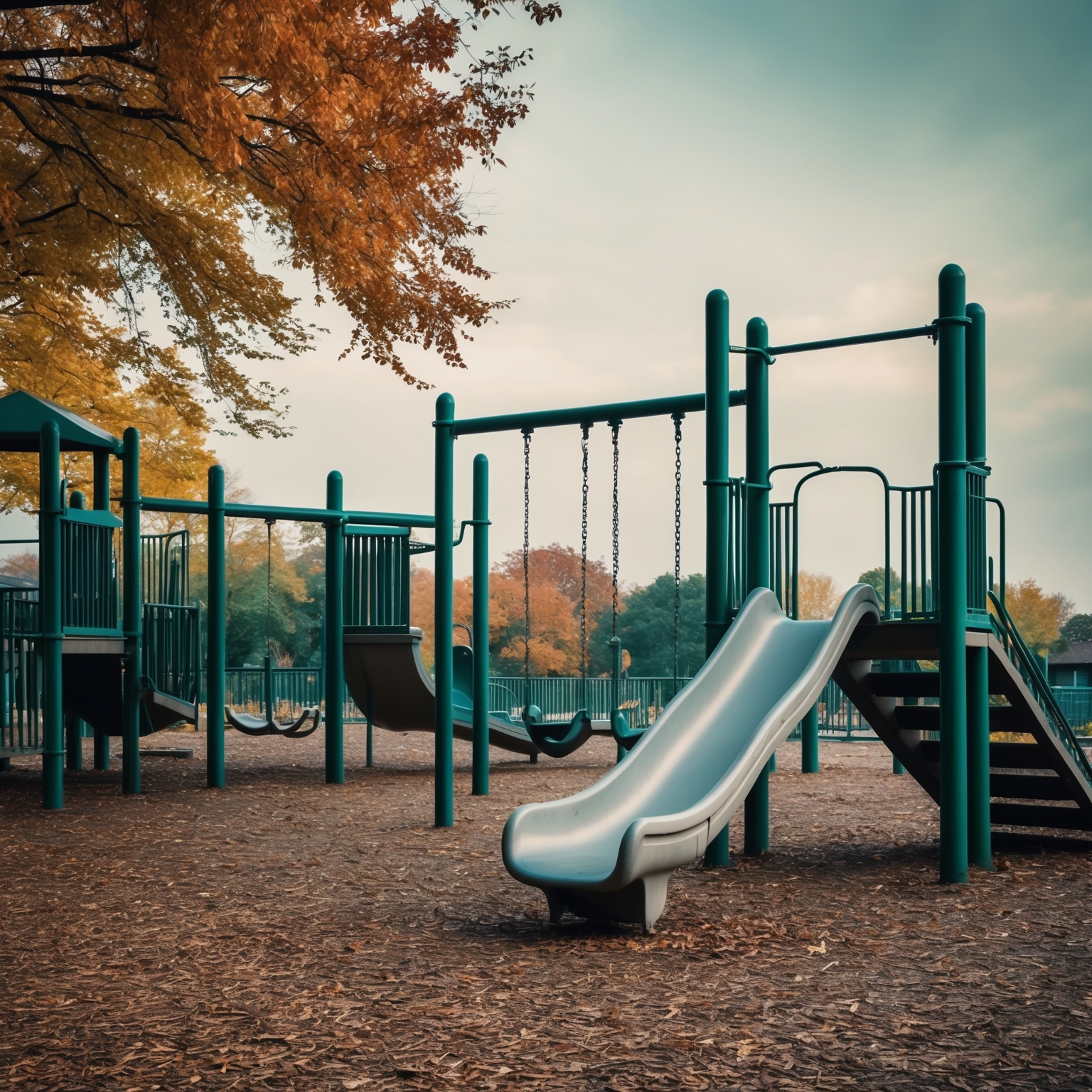
Madonna’s “This Used to Be My Playground” is a profound meditation on nostalgia, loss, and the passage of time. The lyrics encapsulate a reflective longing for a past that once brought comfort and joy, marked by childhood innocence and connection. By using the metaphor of a playground, Madonna invokes vivid imagery that resonates with many listeners who have cherished childhood memories of a space that offers refuge and companionship. These elements make the song timeless, as the universal themes of change and the fleeting nature of happiness are something anyone can relate to.
The narrative of the song is deeply personal, yet it is presented in a manner that invites collective exploration of memory and emotion. Written in the first person, the lyrics draw the listener into a journey of reminiscence where Madonna reflects on a once beloved sanctuary and questions why good things must come to an end. This perspective creates an intimate connection between the artist and her audience, allowing the listener to step into her former world. It’s this introspective storytelling that amplifies the song’s impact, providing listeners not just with a narrative but an emotional experience.
Rich in literary devices, Madonna’s lyrics use metaphors and rhetorical questions to enhance their poetic quality. The recurring question of ‘why’ amplifies the theme of searching for meaning and understanding in the face of inevitable change. Words of wisdom such as “Don’t look back” and “Keep your head held high” further contrast the sense of loss, reiterating life’s transient nature. The language is simple yet impactful, contributing to the emotional resonance of the lyrics, making them relatable across generations. As such, “This Used to Be My Playground” stands out for its ability to capture the sentiment of nostalgia, evocatively bridging personal memories with universal emotions.
? Did you know? Madonna’s This Used to Be My Playground was her 10th #1 hit on Billboard! Talk about nostalgia power! ?✨ #Madonna #ThrowbackThursday #90sHits https://bit.ly/4fRdIjo
Click to Tweet

